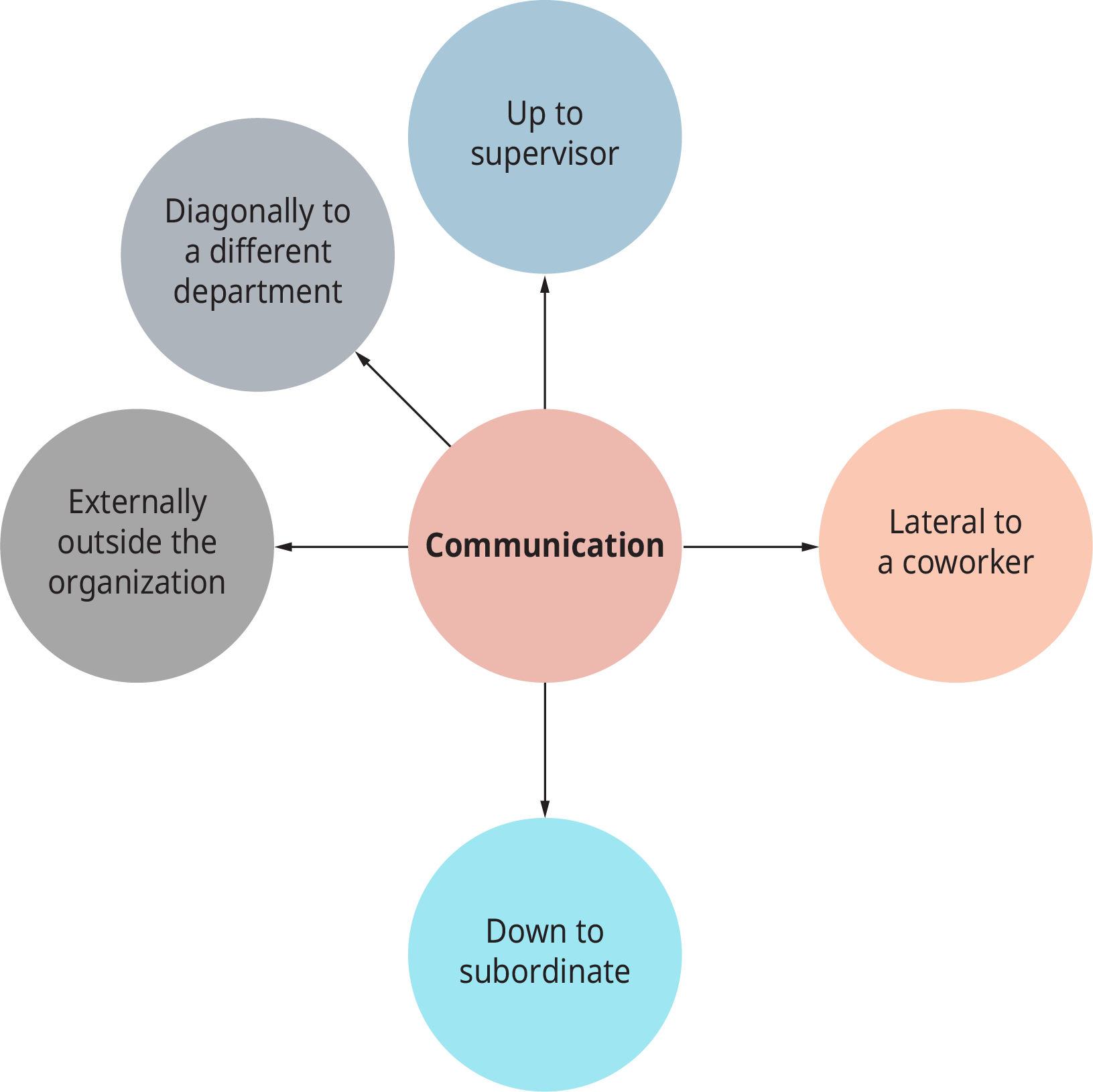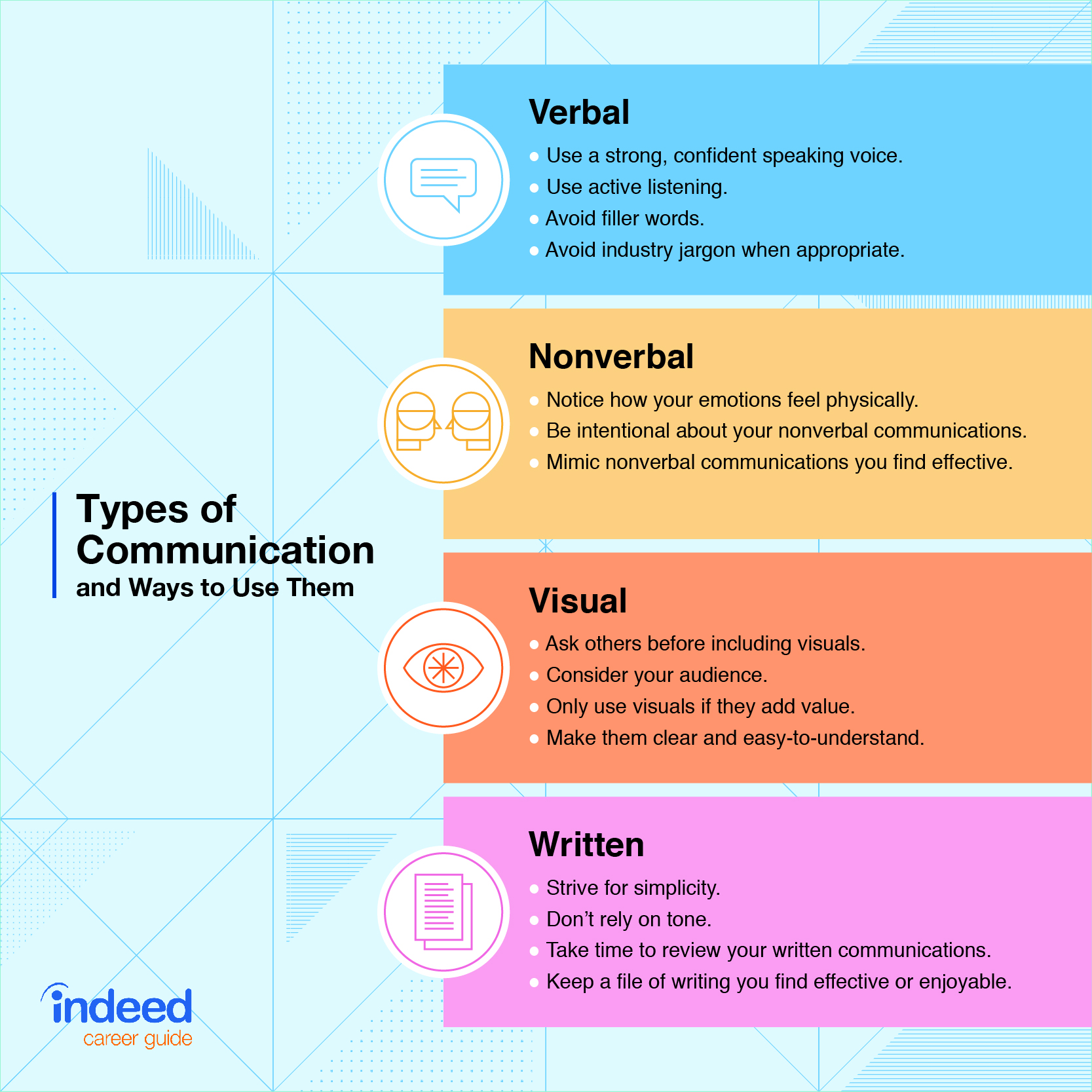Describe Three E-mail Guidelines to Follow in Organizational Communication.
Sending emails writing memos talking on the phone having meetings and more meetings teleconferencing video conferencing speeches. 2 As a follow-up to clarify or point out or expand an issue proposal or instruction.

Types Of Communications In Organizations Principles Of Management
Your email has been sent.

. That is all the communication activity youll see if you go to any organization today. Leave your ego at the door. Exploiting available methods to enhance this communication to various stakeholders is the driver of.
You clearly havent conveyed the message in a way that your audience wants. A recent report estimated that over 9 trillion emails were sent worldwide last year. Have Reasonable Expectations About Replies.
Financial company customer employee or executive data. Dont write angry 10. In most of the seminars I conduct for corporations and associations I reserve time to talk about e-mail.
Not guaranteed to be private 9. The message to be delivered must be clear in the mind of sender. For example if you want feedback from your supervisor on your work or if you are asking your professor a question that requires more than a yesno answer or simple.
Long unclear or ambiguous and unspecified subject line is an indication of unprofessionalism. Email is one of the most-used ways of communicating in business but not everyone knows how to use it correctly. Dont use company e-mail system for personal comm.
These categories of communication are illustrated in the following chart. All three areas are critical to organizational success. Avoid grammar or spelling mistakes.
Keep the Language Informal. Aim for a balance of speed and accuracy 7. When in organizational communication certain guidelines are there that should be followed which makes the email to be professional and not be casual.
On the Basis of Relationship or Organizational Structure. Productive and thoughtful dialogue can make or break an organization and the relationships within it. E-Mail Is Not Confidential.
The subject line must be included in the email it should be clear short and specific. We included studies that 1 handled the subject of e-mail communication in general 2 had an interaction setting preferably a focus on organizational communication 3 had a focus on mobile technology and 4 were identifiable as organizational psychological social psychological and behavioral in nature. The following are 11 email etiquette rules that you should follow when composing or responding to emails in a professional capacity.
Keep messages professional 8. - Follow organizational rules for e-mail 5. Nine guidelines for writing effective email messages.
A Dozen Guidelines for Using E-Mail. 15 Email Etiquette Rules Every Professional Should Follow Despite being glued to their reply buttons plenty of managers still dont know how to use email appropriately. First we can talk about organizational communication as the communication that happens within organizations.
Guidelines For Effective Email Communication Email is the most popular Internet application. 2 All the employees must have the identity card and show their identity card to the security guard for verification. Over 700 million email boxes exist worldwide.
The person to whom it is targeted and the aim of the message should be clear in the mind of the sender. 84 per cent of Internet users use email. 1 Anyone who is trying to enter the office area from reception must cross the first security guard check point.
By Susan Harkins in Software. Organizational communication is an integral part of effective management practices within the workplace. Disengaged employees are an organizational burden dissatisfied customers an organizations downfall.
Your message is long and complicated or requires additional discussion that would best be accomplished face-to-face. Organizational communication is the process by which groups of people convey company goals and the way to reach them. Use a clear and concise subject line.
4 Allows communication to multiple recipients block emails 5 Allows relevant parties to be informed. Here are 12 e-mail guidelines that will improve your communications. If you write more than two.
Formal communication is that which takes place through the formal channels of the organization structure deliberately and consciously established by the management. It is these by the use of these guidelines that make the sender of the email be thought of as someone who is well thought off especially when communicating to professional people and their. Netiquette rules code of conduct ethics guidelines and harassment and discrimination policies.
Ensure your tone is professional. Organizational communication is important because it significantly impacts three very important areas of an organization. Follow company policies at all times.
Be sure that your email address is of a professional nature. Lovely without effective communication an organization will struggle to meet its set targets. Dont send unnecessary messages.
The characteristics of effective communication are as follows. Include a clear brief and specific subject line. The message delivered should not be incomplete.
If your attempts at communication fail dont blame your audience blame yourself. Types of Organizational Communication. Email is not an effective means of communication when.
3 Allows solicitation of multiple opinions. Dont use IM or text messages to disclose sensitive information. E-Mail Isnt Always Delivered.

15 Communication Etiquette Rules Every Professional Needs To Know Business Etiquette Communication Business Communication

Strategic Marketing Plan Marketing Plan Template Marketing Strategy Template

5 Ways To Improve Your Communication In Business And Why It S Important Indeed Com
No comments for "Describe Three E-mail Guidelines to Follow in Organizational Communication."
Post a Comment